Visit the spot where Mahatma Gandhi famously declared 'Do or Die' and the hall that housed the first meeting of Indian National Congress. Sign up for a two-hour long walk, this Independence Day, to trace Mumbai's role in India's freedom struggle
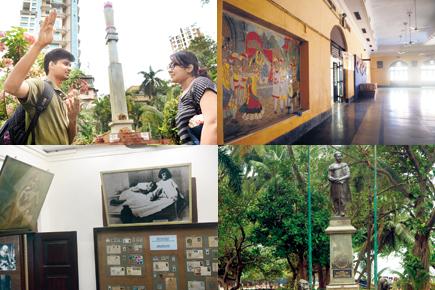
Independence day walk
Did you know that Girgaum Chowpatty had witnessed a protest known as Black Sunday against the draconian Rowlatt Act in 1919 or that Mahatma Gandhi actually penned a letter to Adolf Hitler (that was never mailed to him) from Mani Bhavan on Laburnum Road? Our raconteur, the 22-year-old Dwayne D’Costa indulged us with many such informative nuggets over two hours as we signed up for the Footsteps to Freedom — Mumbai in the Independence Movement walk organised Raconteur Walks.
ADVERTISEMENT
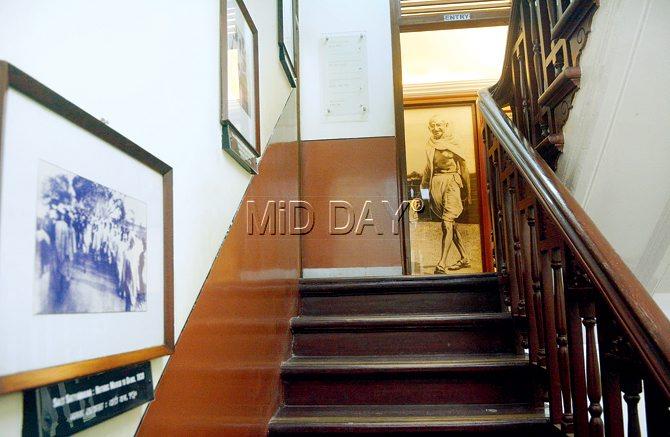
Mahatma Gandhi launched the famous Satyagraha (1919) and Civil Disobedience (1932) movements from Mani Bhavan in Tardeo. Pic/Sayed Sameer Abedi
Covering Mumbai’s major spots that played a pivotal role in the Independence movement, we began our walk from August Kranti Maidan at Grant Road, visited the Gokuldas Tejpal auditorium in its vicinity, then headed to Mani Bhavan at Tardeo and concluded the walk at Girgaum Chowpatty. Besides rediscovering city bylanes, this walk proved to be a refresher course in history, thanks to D’Costa’s exhaustive knowledge. We even heard anecdotes and accounts about other spots, like the Town Hall and Azad Maidan, and their connect with the freedom struggle. History was never this engaging!
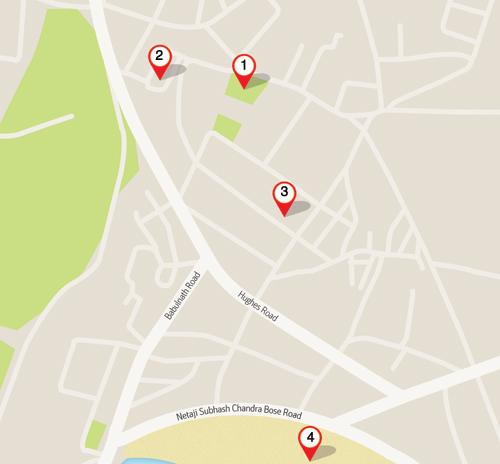
On: August 15 and August 16, 9.30 am (1.5 hours) Starting point August Kranti Maidan, Nana Chowk side.
Email: mumbai@raconteurtours.com
Cost: Rs 150 (this is the sign-up amount; plus pay what you wish at the end of the tour)
Call: 9769187580
1.
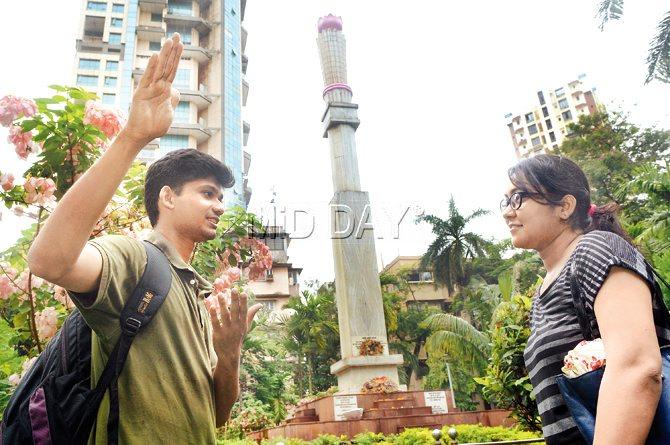
Raconteur Dwayne D’Costa at August Kranti Maidan with the Gandhi Memorial Column (in the background). Pics/Sayed Sameer Abedi
Starting point: August Kranti Maidan, Grant Road
Claim to fame: On August 8, 1942, Mahatma Gandhi declared the famous Quit India Movement and coined the line, ‘Do or Die’, from this spot. While the area was originally known as the Gowalia Tank, it later came to be known as August Kranti Maidan, from the month in which the movement was launched. Converted to a park, the ground also holds a Gandhi Memorial Column inaugurated on October 2, 1970 by Gandhi Smarak Nidhi Bombay Unit.
2.
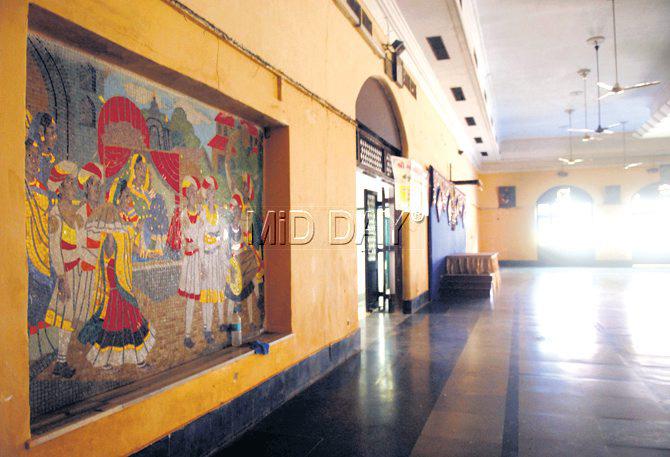
Gokuldas Tejpal Hall. Pic/Atul Kamble
Second stop: Gokuldas Tejpal Hall, Grant Road
Claim to fame: Two minutes away from the August Kranti Maidan, this auditorium served as the venue for the first meeting of Indian National Congress (INC) that took place on December 28, 1885. While the original venue was supposed be in Pune, it was shifted to Mumbai at the last minute due to a cholera outbreak there. This meeting witnessed the election of INC’s first president, Womesh Chunder Bonnerjee.
3.
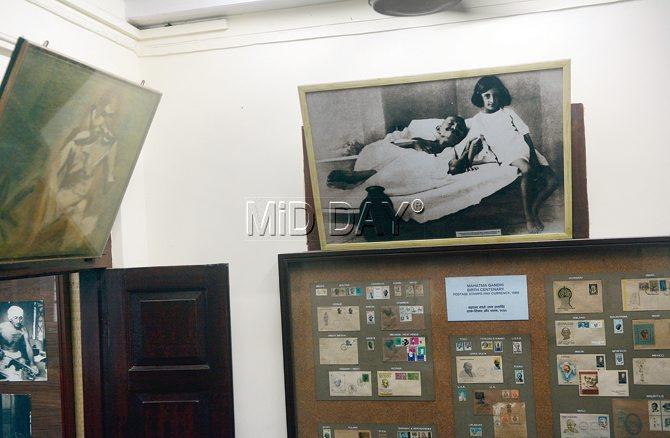
A photograph of Mahatma Gandhi with young Indira Gandhi (then Nehru) displayed at Mani Bhavan
Third stop: Mani Bhavan (Mani Bhavan Gandhi Sangrahalaya), Tardeo
Claim to fame: Mahatma Gandhi’s residence in the city from 1917 to 1934, this modest two-storey building originally belonged to Revashankar Jagjeevan Jhaveri, an ardent Gandhian, who hosted him during his visits to Mumbai. The epicentre of many events and movements, Mahatma Gandhi launched the famous Satyagraha movement in 1919 and the Civil Disobedience Movement in 1932 from here. He started his news bulletin, Satyagrahi, from here as well. The building has now been turned into Gandhi memorial with a library and a museum archiving many of his notes and letters, his original seating place and an exhibition depicting his life through miniature figurines.
4.
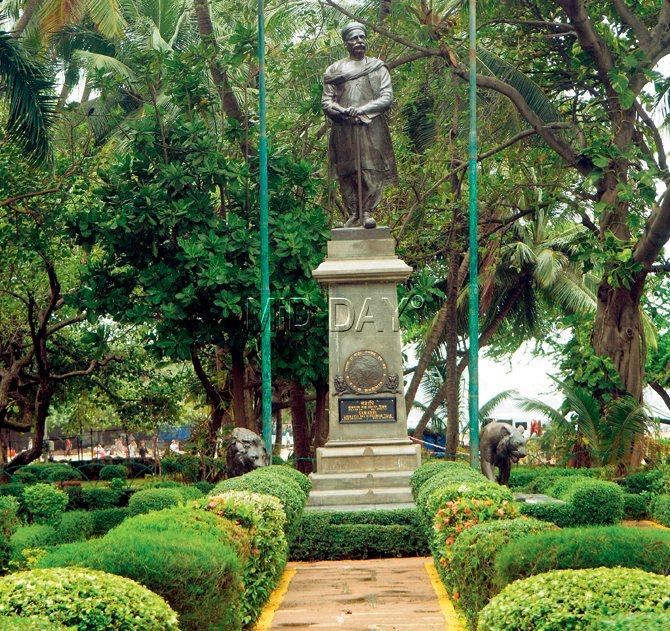
Last stop: Girgaum Chowpatty
Claim to fame: Now, a famous spot for Ganpati visarjans and beach revellers, Girgaum Chowpatty witnessed a strong protest in April 1919 against the infamous Rowlatt Act. Led by Mahatma Gandhi, the protesters took a symbolic sea bath and the day was termed as Black Sunday. While Mahatma Gandhi began the Dandi March in 1930 in Gujarat, the city witnessed its own Salt Satyagraha too. “The residents of Congress House (Grant Road) filled buckets of water from Chowpatty and made illicit salt pans on their terraces. Later, cops broke those pans,” informs D’Costa. Chowpatty is also a landmark where Lokmanya Tilak was cremated in 1920 and the site is now marked by his statue.
 Subscribe today by clicking the link and stay updated with the latest news!" Click here!
Subscribe today by clicking the link and stay updated with the latest news!" Click here!






